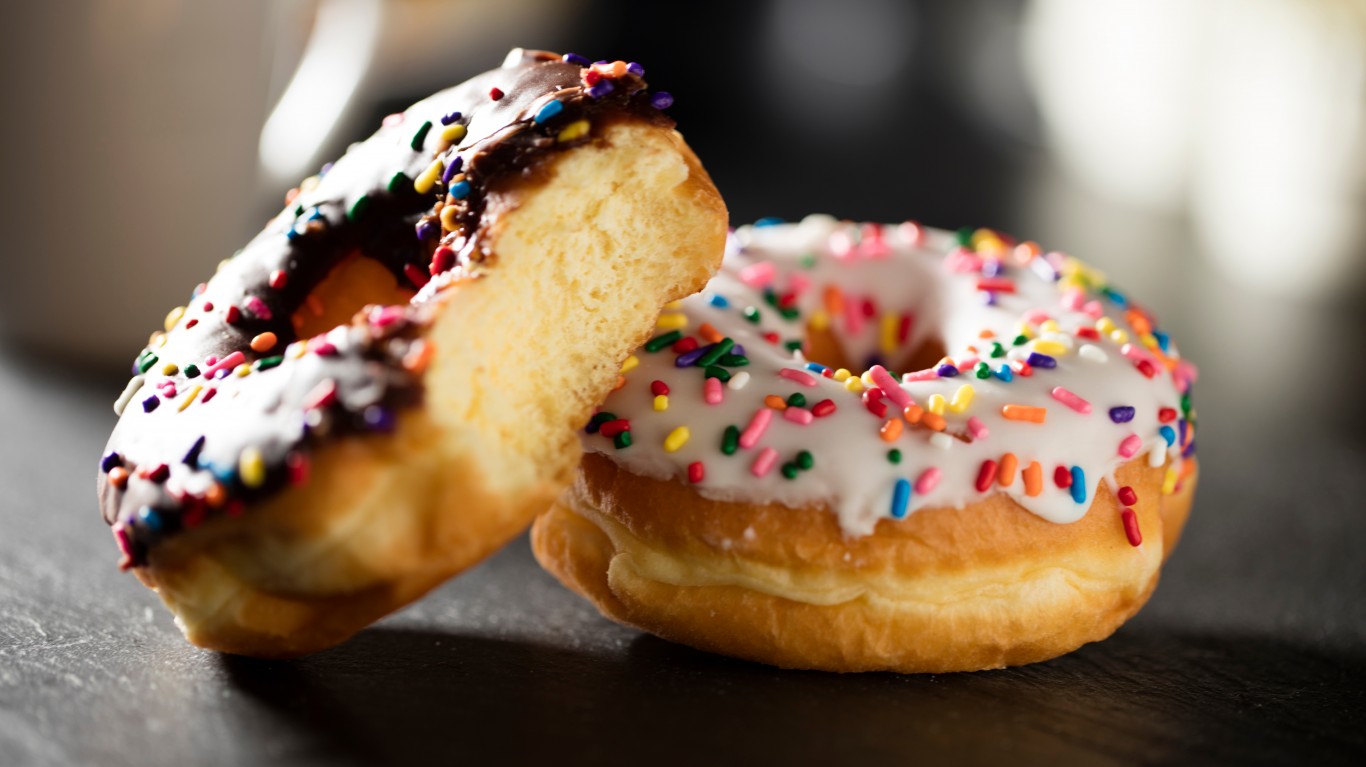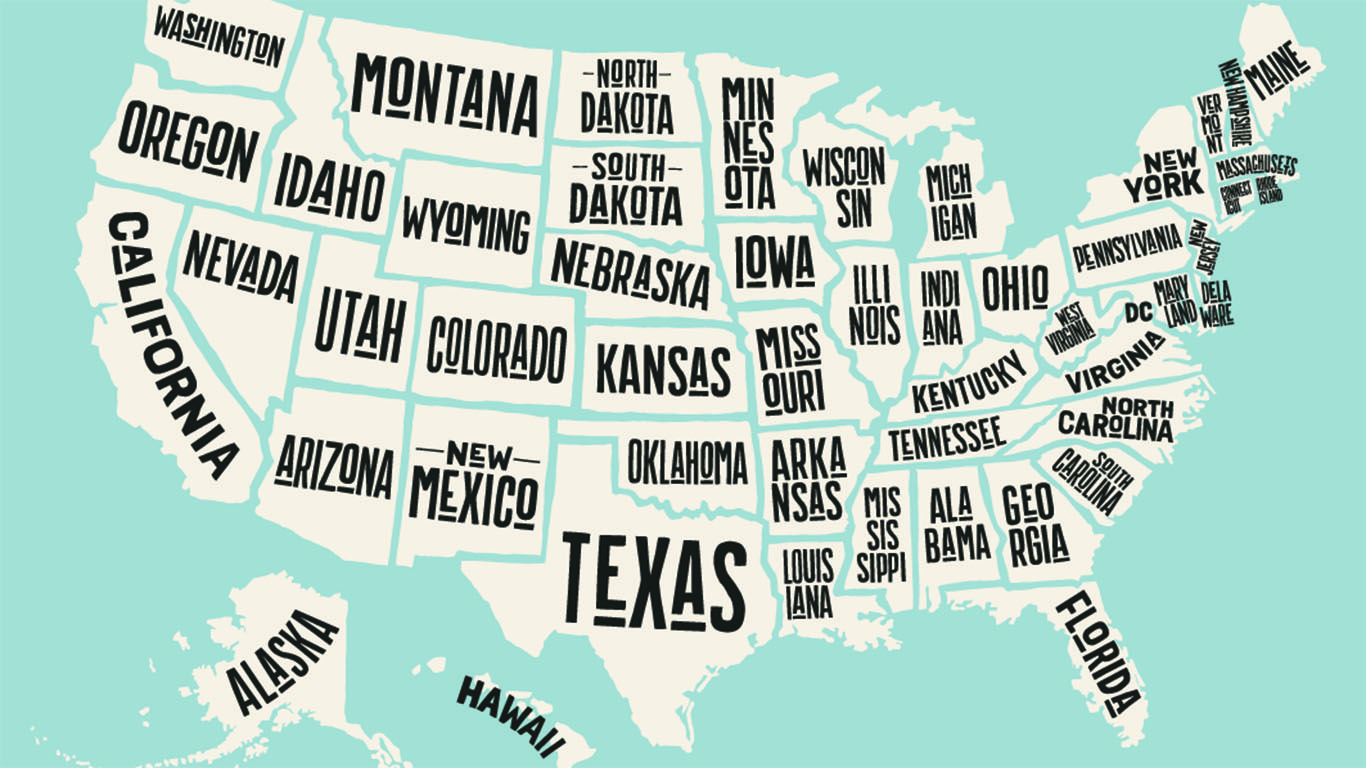Illinois
When Illinois became a state on December 3, 1818, the northern boundary had been extended by 51 miles from the original Northwest Territory map of 1787 to include what eventually became the city of Chicago. The state is the eighth largest, with a population of 12.67 million, and it ranks among the better states to live in, based on its low poverty rate and education level.
Among the state’s residents who are 25 and older, 35.1% have at least a bachelor’s degree, a higher proportion than the national share of 32.6%. Higher levels of education typically mean higher incomes and more job security. The state’s poverty rate of 12.1% is a full percentage point lower than the national rate and likely illustrates the impact of a more educated population.
Even so, people are leaving Illinois. The state’s population has dropped by 1.3% in the 10-year period ending in 2019. West Virginia is the only other state to report a population decline during the same period
Crime in Illinois
Only 19 states have violent crime rates exceeding 400 incidents per 100,000 population, and Illinois is among them with rate of 404.1 per 100,000. More than half of the state’s violent crimes during 2018 were committed in Chicago.
However, Chicago is not the state’s most dangerous city. With violent crime rate of 1,791.5 reported incidents of rape, robbery, homicide and aggravated assault for every 100,000 people, Danville earns that dubious distinction. Chicago’s violent crime rate was 1,006.1 per 100,000 in 2018. The state’s incarceration rate was lower than that of most states, with 418 adults per 100,000 locked up.
The Illinois Economy
With a gross domestic product (GDP) of $864.6 billion in 2018, the Illinois economy is the fifth largest in the nation. The state’s largest industry is insurance carriers, which employ more than 116,000 people statewide and generate about 4.4% of the state’s total GDP. Between 2013 and 2018, the 3.2% GDP growth rate in Illinois was smaller than in most states, lagging well behind the comparable national growth rate of 4.1%. The state’s GDP grew by 3.1% year over year in 2018, about average among all the states.
With a relatively high unemployment rate of 4.3% and an underemployment rate of 8.1%, Illinois is a more difficult place than most states to find full-time work. That may be due, in part, to the state’s reasonably high proportion of workers with a high school diploma. Some 89.1% of the state’s residents have a high-school diploma, somewhat better than most states. The average household income in 2019 was $59,945 in Illinois, among the highest in the country.
Thank you for reading! Have some feedback for us?
Contact the 24/7 Wall St. editorial team.














